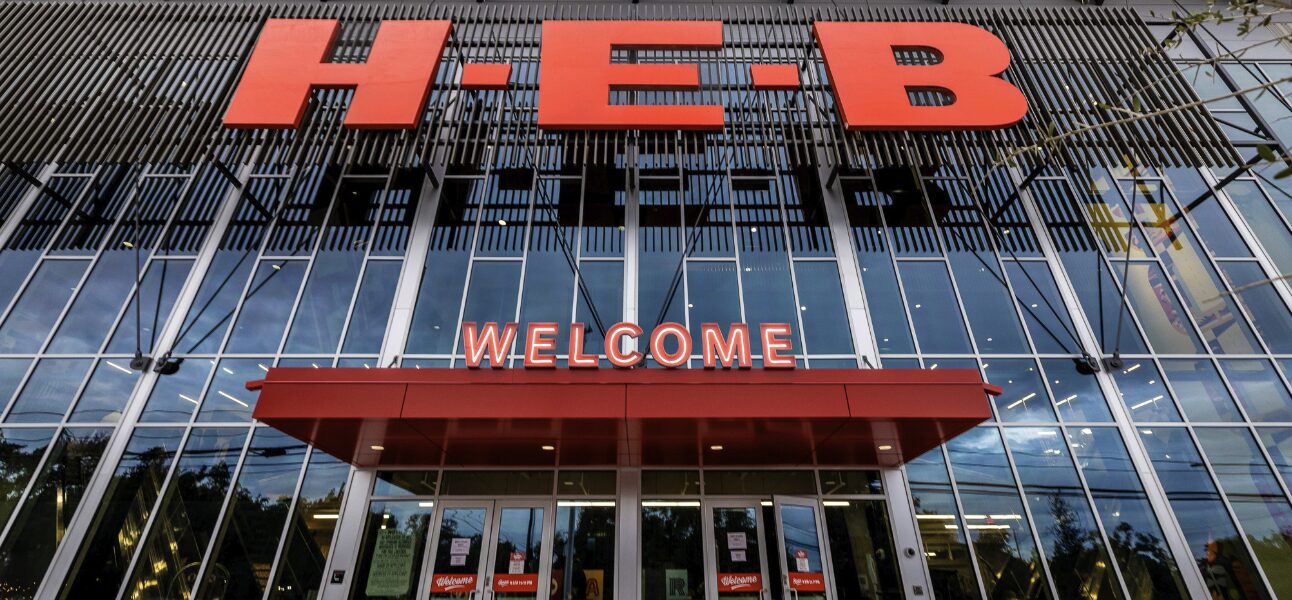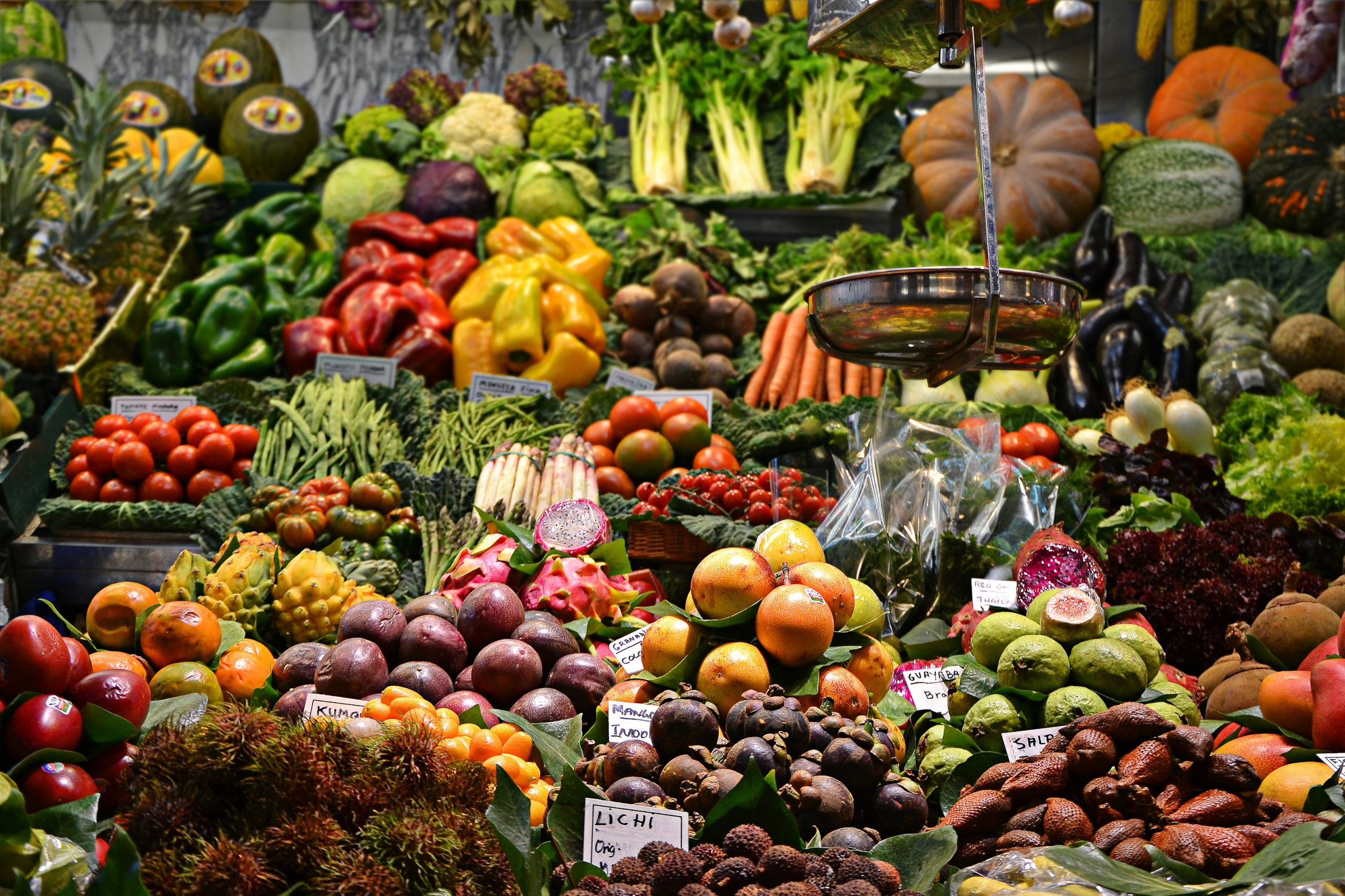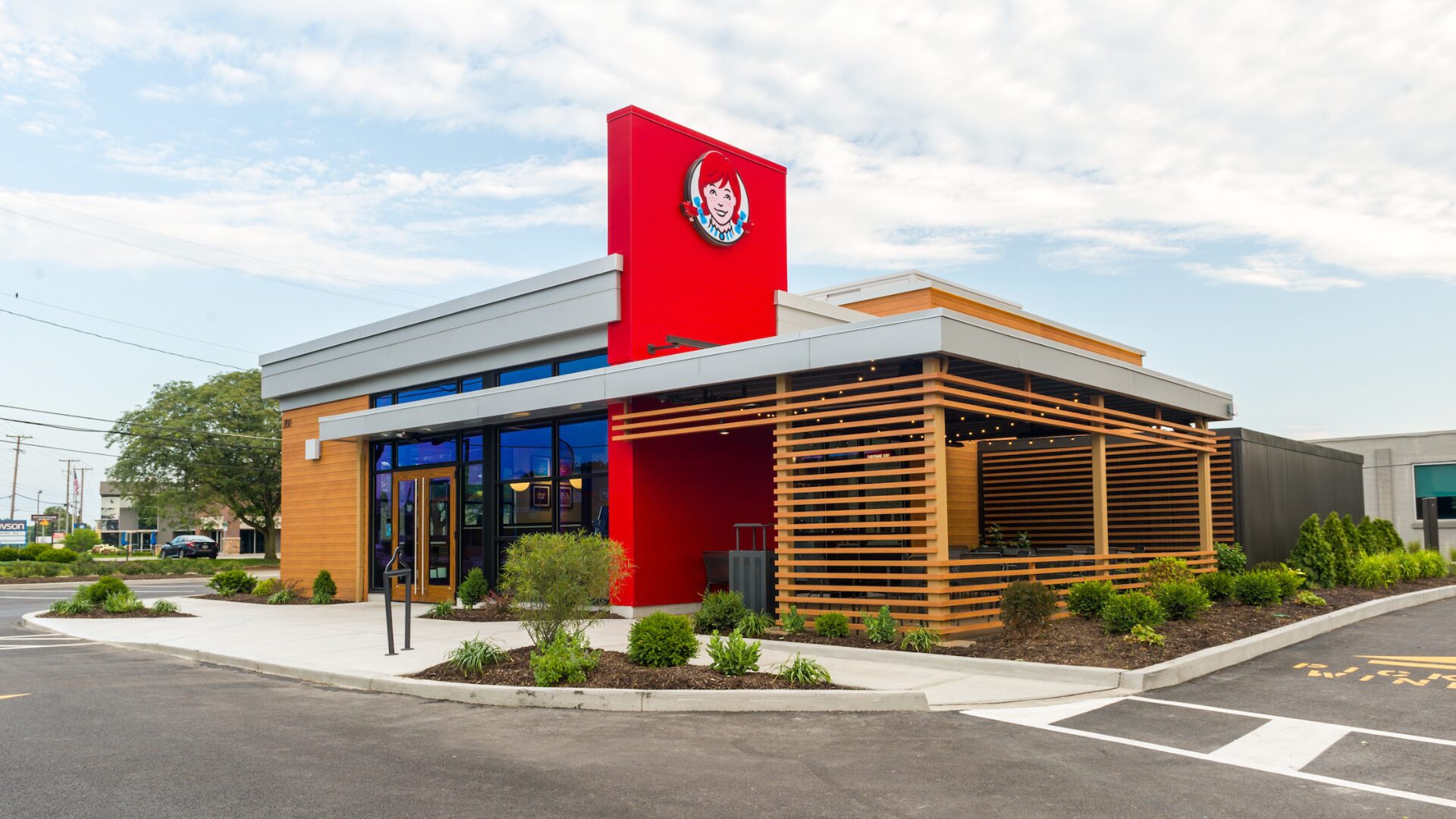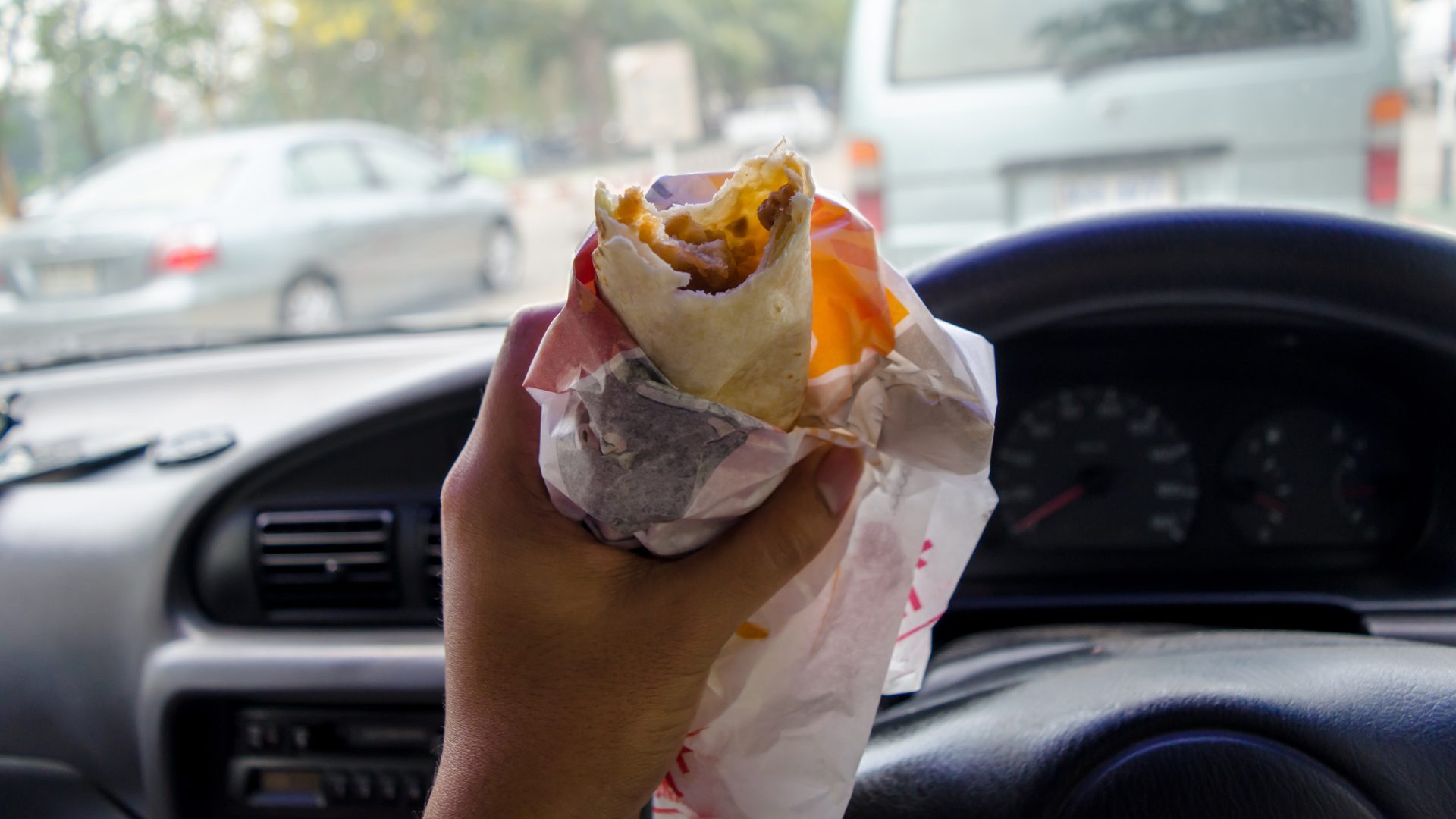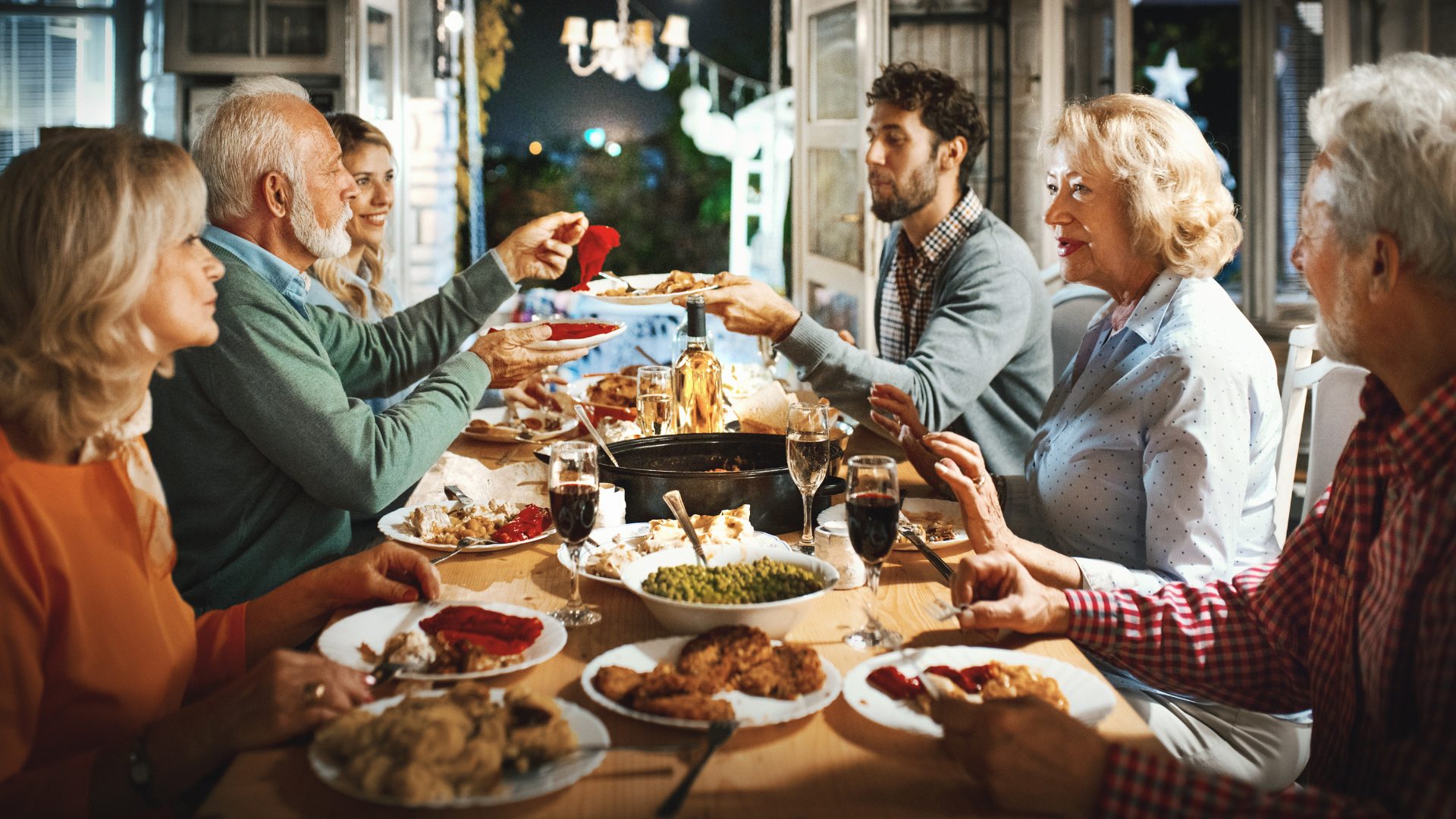Reigning champion H-E-B has once again been named the highest-ranking grocer on dunnhumby’s Retailer Preference Index, having achieved the title for the fourth time in eight years. Additionally, Market Basket (2) and WinCo Foods (4) round out the top four positions, indicating accelerated consumer interest in regional chains.
The annual study surveyed 11,000 U.S. consumers to gain insights into the drivers that influence retailer patronage. This year, the report found “saving customers money” to be the most important factor retailers should consider when determining sustained market success. Value in this case includes promotions, rewards, and overall price.
Today’s cash-strapped consumers are increasingly driven by a retailer’s value prerogative: 38% of a retailer’s long-term success depends on it, notes the report. The RPI also considers a retailer’s perceived quality, digital adoption, speed and convenience, and overall operations; higher-ranking retailers tend to win in each area.
“Clients across the grocery retail sector understand that market success is dependent upon saving shoppers money and implementing innovative pricing technologies to maintain their customer base,” said Matt O’Grady, dunnhumby President of the Americas, in a statement.
Some of the biggest movers outlined in the ranking included Lidl and Trader Joe’s: Lidl rose 14 spots, entering the top quartile for the first time, while Trader Joe’s jumped from position 15 to 8. On the other hand, legacy champion Amazon, considered the top in 2021 and 2022, fell out of the top three for the first time in the report’s eight-year run, ending in sixth.
Additional findings suggest that Kroger and Albertson’s somewhat fell out of consumers’ favor. This effect was exacerbated in states with court cases regarding their proposed merger. The report noted that, because many value proposition areas experienced declines in their perceived value proposition, the merger news likely cast a “negative halo” over both retailers.
The Quality vs Savings Debate
As much as the report is focused on understanding how retailers fare in the current economic environment, it also gives insight into consumer motivators. For example, today’s consumers are split between being driven by savings and quality: roughly 36% say they’re equal parts of both, while 30% favor quality and 34% opt for savings.
These determinations, however, are not static. Savings-driven consumers, for example still consider high-quality products as an important part of their grocery shopping experience while quality-driven shoppers value competitive pricing. The graph below outlines additional insights.
Understanding one’s customer is the most important. From there, offering solutions to these consumer need states will complement growth strategies. Note: across the board, lower prices are key, a reason why discount and club formats continue to outperform traditional grocery: a recent Placer.ai report found discount and dollar stores enjoyed a 2.8% increase in foot traffic in 2024 compared to 2023, while groceries grew by only 1%.
TLDR: all roads lead to savings.


